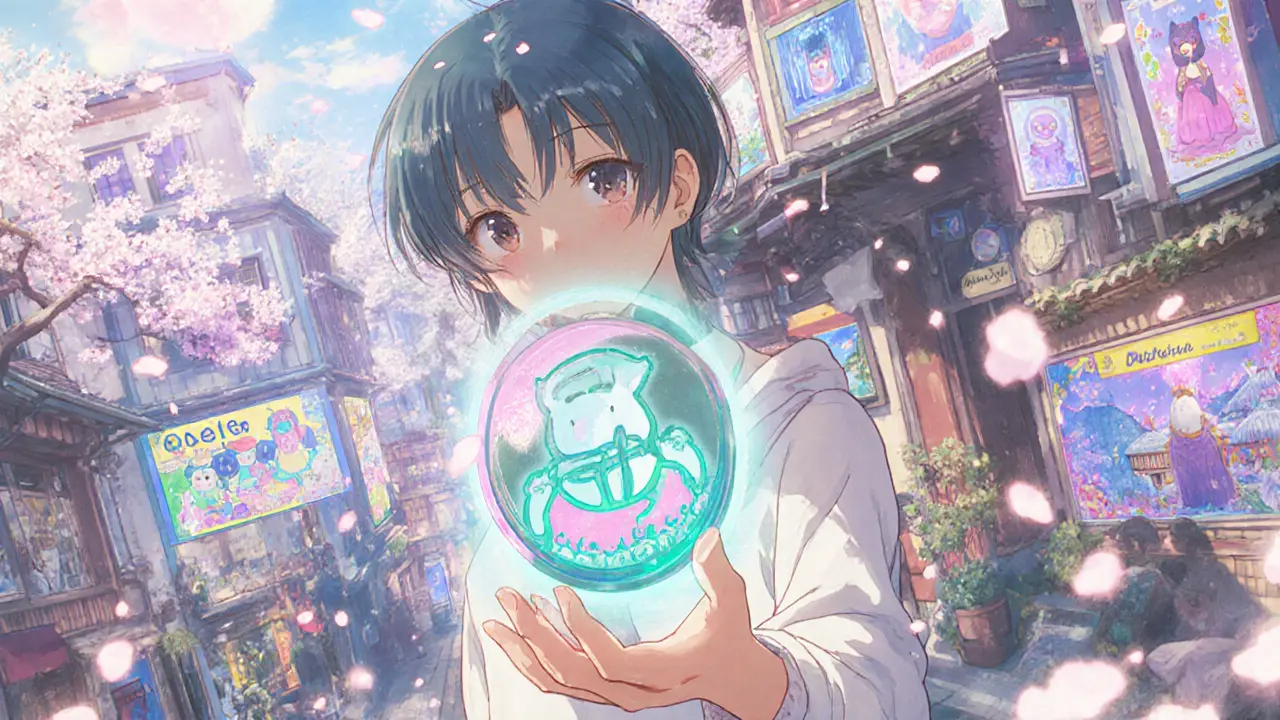2022 NFT Collapse – What Went Wrong and What’s Next
When looking at 2022 NFT collapse, the sudden plunge in non‑fungible token prices that shocked investors and creators alike. Also known as NFT market crash 2022, it highlighted weaknesses in the hype‑driven ecosystem. The drop wasn’t random; it was the result of over‑minted collections, speculative buying, and a wave of NFT, unique digital assets stored on a blockchain that failed to deliver lasting value. Prices fell across the board, from art pieces to gaming items, and many buyers saw their portfolios shrink dramatically. This event forces us to ask: what mechanisms could have softened the blow, and what lessons can the community carry forward?
Key Factors Behind the Crash
One major driver was the lack of robust token standards, rules like ERC‑721 and ERC‑1155 that define how NFTs behave on Ethereum. When projects ignored best practices, metadata got lost, royalties vanished, and secondary markets stalled. The 2022 NFT collapse therefore underscores that strong standards are not optional; they enable interoperability, lower gas fees, and protect buyers from broken links. At the same time, global crypto regulation, government policies that aim to curb money‑laundering and protect consumers started tightening. New AML rules and taxation guidelines forced platforms to re‑evaluate how they list and promote NFTs, adding friction that cooled the frenzy.
Market psychology also played a role. The hype cycle had inflated prices far beyond what the underlying utility could justify. Once a few high‑profile projects failed to meet expectations, panic selling cascaded through social media, triggering automated liquidations on DeFi platforms that held NFT‑backed collateral. The crash therefore entwines technical, regulatory, and behavioral elements, proving that a single factor never acts alone.
Another overlooked angle was the rise and fall of NFT‑related airdrops and ticketing solutions. While airdrops promised free tokens to boost community growth, many turned out to be speculative pumps that evaporated once the hype faded. Similarly, NFT ticketing platforms launched with grand promises of tamper‑proof events, yet struggled with user adoption and resale fraud, adding to overall disillusionment. These side‑effects amplified the sense that the entire NFT space was over‑engineered and under‑delivered, reinforcing the downward pressure on prices.
From a risk management standpoint, the episode highlighted the power of diversification. Investors who spread capital across different asset classes—crypto, stocks, real estate—saw less volatility than those who poured everything into a single NFT collection. The crash serves as a case study for why portfolios need to balance high‑risk, high‑reward tokens with more stable holdings, a strategy covered in depth in our guide on diversification.
Looking ahead, the industry is already correcting. New projects are prioritizing clear utility, on‑chain metadata permanence, and compliance with emerging regulations. Platforms are adopting hybrid standards that merge ERC‑721’s uniqueness with ERC‑1155’s batch efficiency, reducing costs and improving user experience. Moreover, regulatory bodies are publishing clearer guidance, which should reassure both creators and investors that the market can mature without stifling innovation.
All of these threads—standards, regulation, psychology, and risk tactics—intersect to shape the post‑crash landscape. As you scroll through the collection below, you’ll find deep dives into each of these areas: from how token standards affect gas fees, to what new compliance rules mean for NFT marketplaces, and why diversification remains the cornerstone of any solid digital‑asset strategy. Use these insights to gauge where the next opportunities might arise and to build a more resilient approach to digital collectibles.
Ready to explore the detailed analyses, practical guides, and forward‑looking forecasts? The articles below break down the causes, the fallout, and the emerging paths that could define the next chapter of NFTs.
NFT Market Crash 2022: What Triggered the Collapse
A clear, data‑driven look at why the 2022 NFT market crash happened, who was affected, and what the future holds for digital collectibles.





